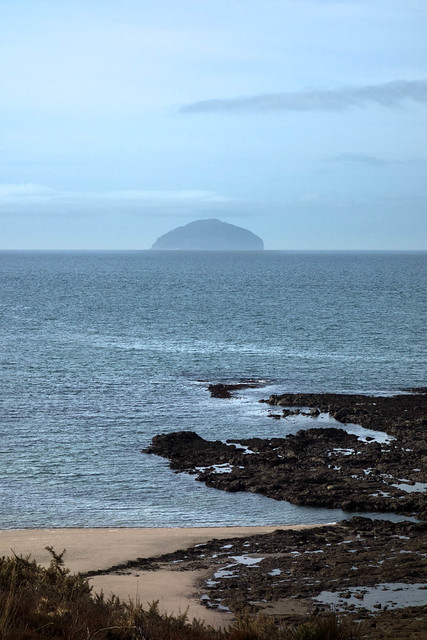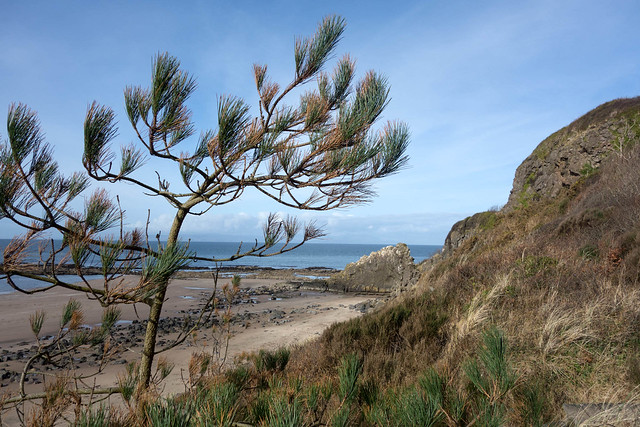Monday, March 31, 2014
Bunny bunny bunny murder mystery
Tuesday, March 25, 2014
[jules' pics] Feeding the birds
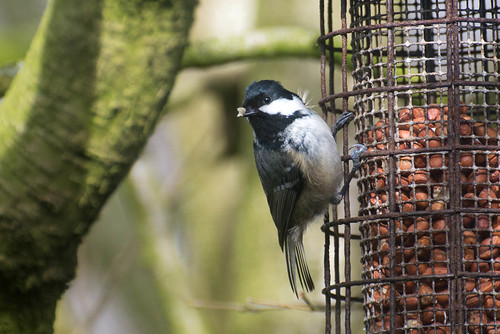

--
Posted By Blogger to jules' pics at 3/23/2014 07:30:00 PM
BlueSkiesResearch.org.uk: Cloudy lock-in
BlueSkiesResearch.org.uk |
|
Posted: 23 Mar 2014 03:20 PM PDT
Some scientific meetings, like the EGU or AGU, are attended by thousands and open to anyone prepared to pay the registration fee. Then there are the other sort of meeting; workshops. My fertile imagination likes to call them, “lock-ins”, as it sometimes seems like the plan is to get 30 or so scientists together, lock them in a castle, and only unlock the door when they have achieved something.
In this case, my imagination is closer than usual to being literally true. Here’s the castle, 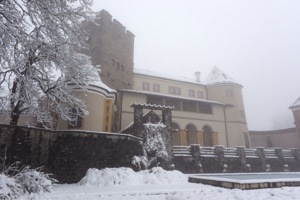 My bedroom is on the 3rd floor of this tower! 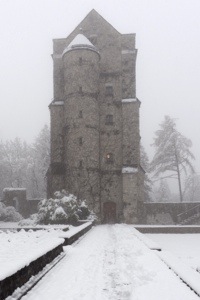 It is also snowing, which is quite fitting as it not only adds to the feeling of isolation (some attendees arrived un-Germanly late after braving the elements) but all this cloud fits in very well with the theme of the workshop – clouds, circulation and climate sensitivity. |
[jules' pics] Scottish flowers
camellia!!


Yes - that top one really is camellia!! Here is a close up to prove it. Two months too late, but still...

--
Posted By Blogger to jules' pics at 3/22/2014 02:58:00 PM
Saturday, March 22, 2014
Sawyer's "remarkably accurate" forecast
BlueSkiesResearch.org.uk: Internet
BlueSkiesResearch.org.uk |
Friday, March 21, 2014
Saturday, March 08, 2014
[jules' pics] Amadeus the Amaryllis
Meanwhile, Amadeus, the Amaryllis which the Mother In Law gave me for Christmas, has flowered. Dad is mightily impressed and says he has never seen anything like it. Neither have I, except, of course, at the mansion of the green fingered Mother In Law.
Budding



--
Posted By Blogger to jules' pics at 3/08/2014 06:17:00 PM
"Pause" blah
I've got lots of bits and pieces to write about, so this will probably turn out to be a fairly incoherent blog post as I don't have time to write a concise and structured one. We are still struggling to obtain a proper broadband connection, though the end (one way or the other) might be in sight with a BT engineer visit planned for next week.
We had a brief visit to Bristol last week - sorry to those we had promised to contact, but it was a chance to see two different people on the same rather busy day, so we jumped at it. We are now both officially "visiting collaborators" of some sort there which is nice, the main practical benefit is library access (inc remotely), and perhaps also the right to a cup of coffee in the staff common room? So hopefully we'll be back on an occasional basis in the future. This is all as a follow-up to Paul Valdes' sabbatical visit to Japan last year, from which joint work is still ongoing.
The "pause" discussion continues (see RC for a summary of recent coverage), which seems a bit silly to me, because it isn't really a "pause" at all, just a continued anthropogenically-forced warming with some other (anthropogenic and natural) forcings and internal variability added on, such that the trend is a little lower than most expected. Of course idiots will continue to play the "down the up escalator" game indefinitely, but I don't feel the need to play with them. I'm usually happy to let the "communicators" duke it out on the most politically correct way to present the science, but perhaps they could start by not using a term that's factually wrong.
There are many possible causes for the model-data discrepancy: the forcings might have been more negative than anticipated, or perhaps natural variability has a bit more negative recently, and just possibly the forced response is a little lower than (most) models predicted. I'm a little surprised to see people like Gavin apparently nailing his colours to the mast of the models being right, for one thing, his calculations (which may be mildly optimistic) only explain "most" of the model-data discrepancy, and it is worth noting that since the natural forcings and internal variability are relatively transient and short-term in nature, this view implies a substantial future near-term acceleration in order for the world to catch up with where the models say we should be. All model simulations show only a very gradual rise in underlying trend, and it is worth mentioning (to those who think that climate scientists have been slow to discuss this) that back in about 2006 I was pointing out to the authors of the IPCC AR4 drafts that the model trends were already starting to look a little high relative to recent observations. This acceleration has been promised "just around the corner" for a long time now, I'm happy to give people like Hansen a bit of a pass on his 1984 work because it was so groundbreaking (and substantially correct), but it's now starting to feel like people are scrabbling around trying to find excuses. I even think I saw some wag in a recent paper (sorry I forgot where) arguing that there were so many excuses for a lack of warming, that the logical conclusion from the model-data discrepancy was that sensitivity was actually higher than the models say!
By the way, one point that is sometimes ignored in these recent energy balance type of calculations, is that some of the analyses (ie, those based on D&A techniques) aim to specifically separate out the different forcings though the different warming patterns they generate. So it is not enough to claim that there are additional negative forcings, but these forcings actually have to generate a spatial warming pattern that negates the well-known pattern of GHG response. Or else, the model patterns of response to the different forcings have to be wrong in a way that leads to a large systematic underestimation of the GHG impact. It's not impossible, but at some point Occam's razor has to kick in.
Oh yes, the GWPF thing has also been published. Disclaimer: those who actually read the thing (which seems to be a small minority, judging from my in-box) will see that I'm acknowledged, which is due to having acted as a reviewer. I haven't carefully checked the final version, but on the whole I saw it as a slightly optimistic but basically defensible interpretation of the evidence. There have certainly been worse papers published on climate sensitivity! I haven't seen any very convincing rebuttals, but am of course open to further dicussion on that score. I'm sort of assuming it's been on the blogosphere but haven't had much time (or internet) to look. Some have found it notable that the GWPF is explicitly acknowledging a significant future warming (albeit at the low end of IPCC projections) thanks to ongoing emissions. I'm not sure how much of a narrowing of disagreement that represents, especially when others are doubling down on a high sensitivity.
BTW, for those who accuse me of being in the pay of the fossil fuel industry - yes, the trip to Bristol was funded by a major oil company :-)
Having strayed into tl;dr territory (some time ago!) I'd better stop here.


